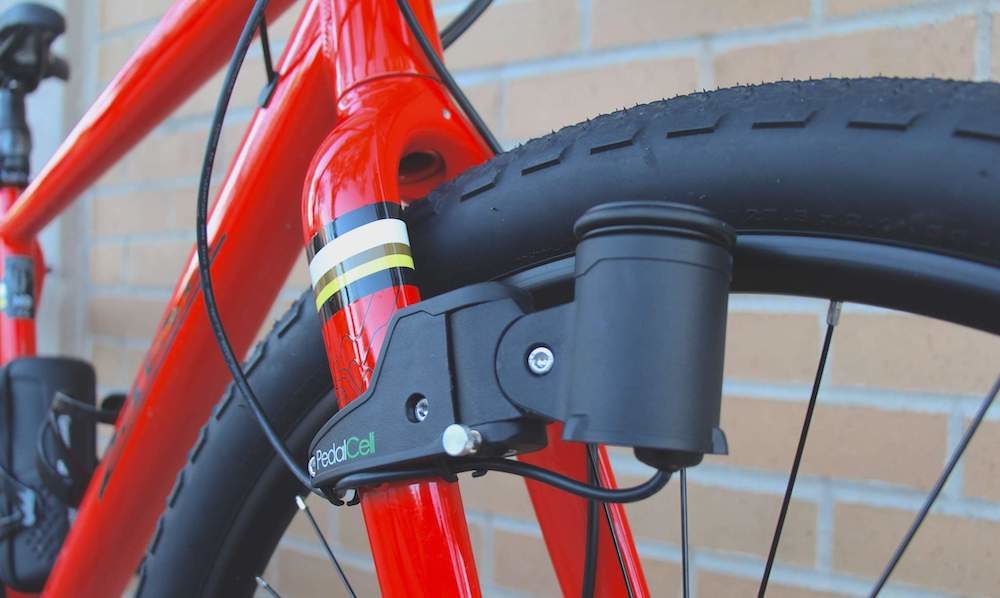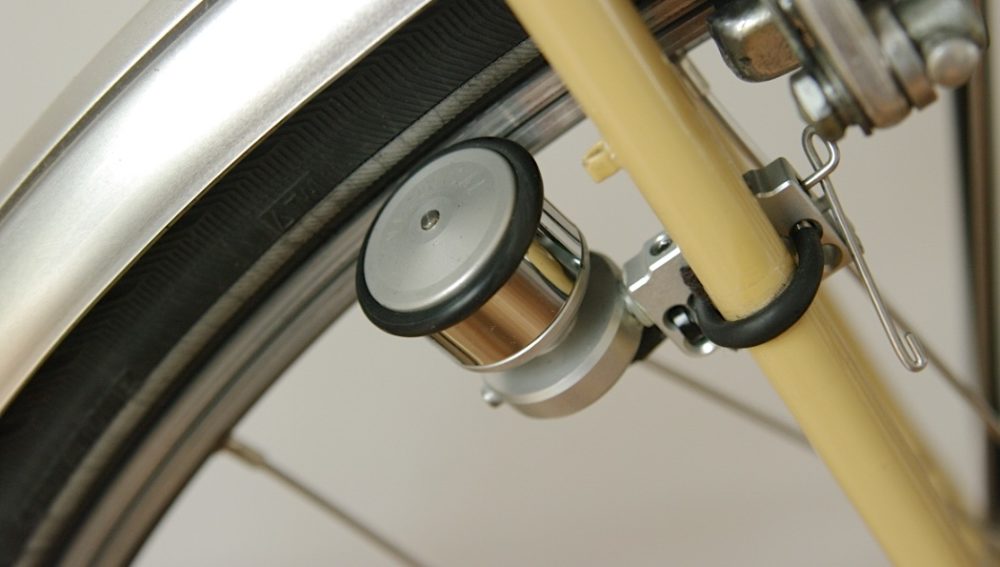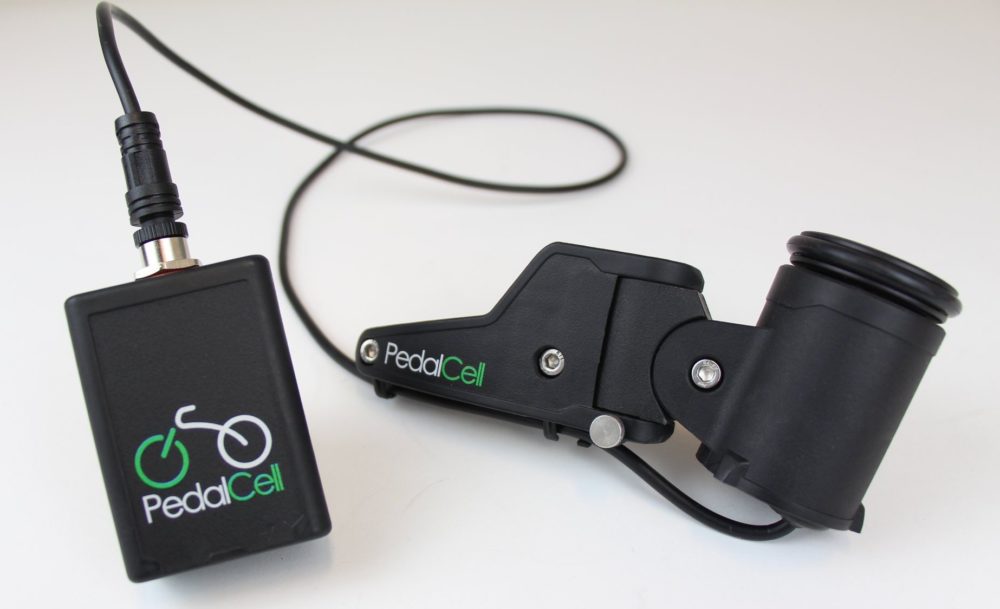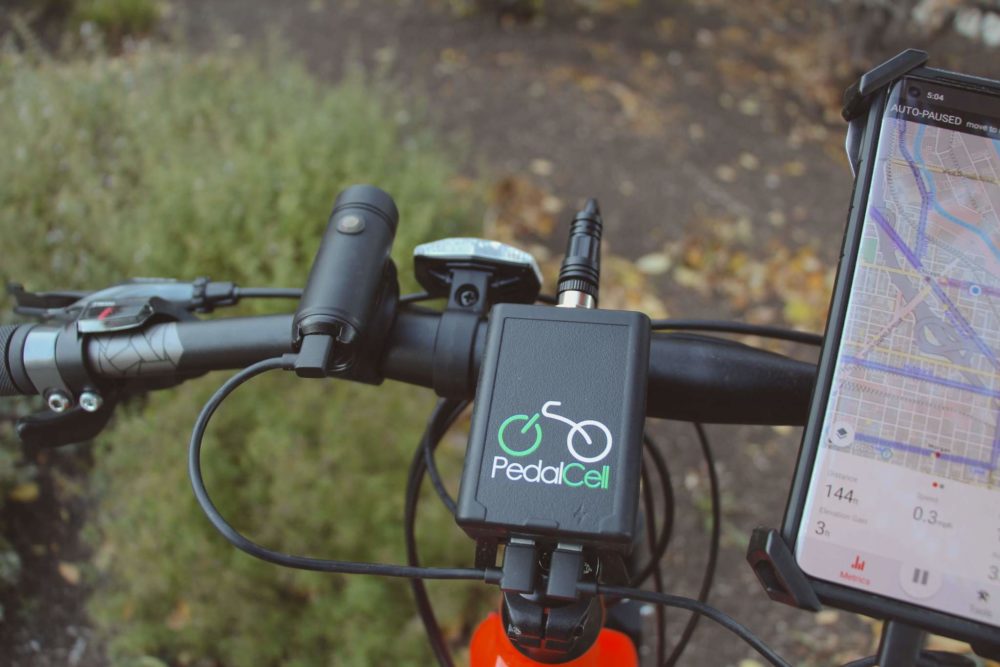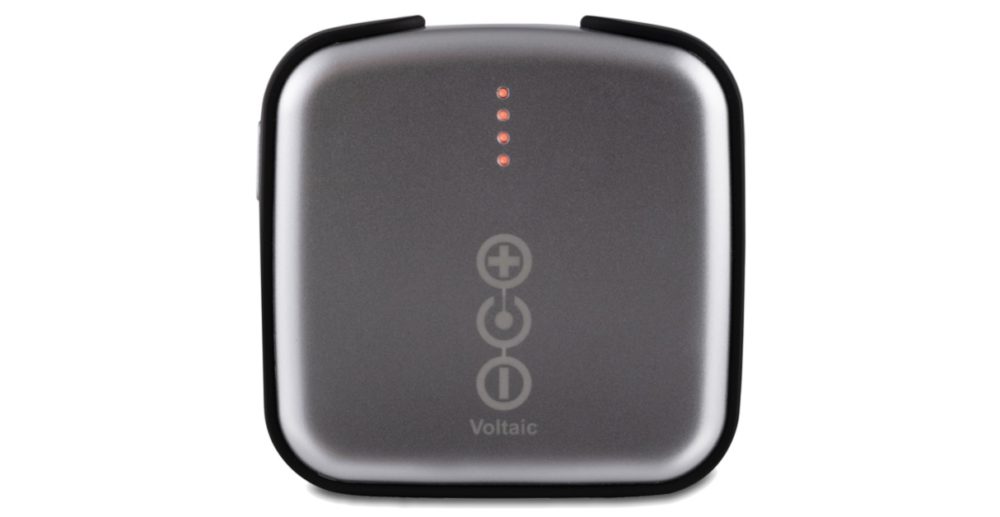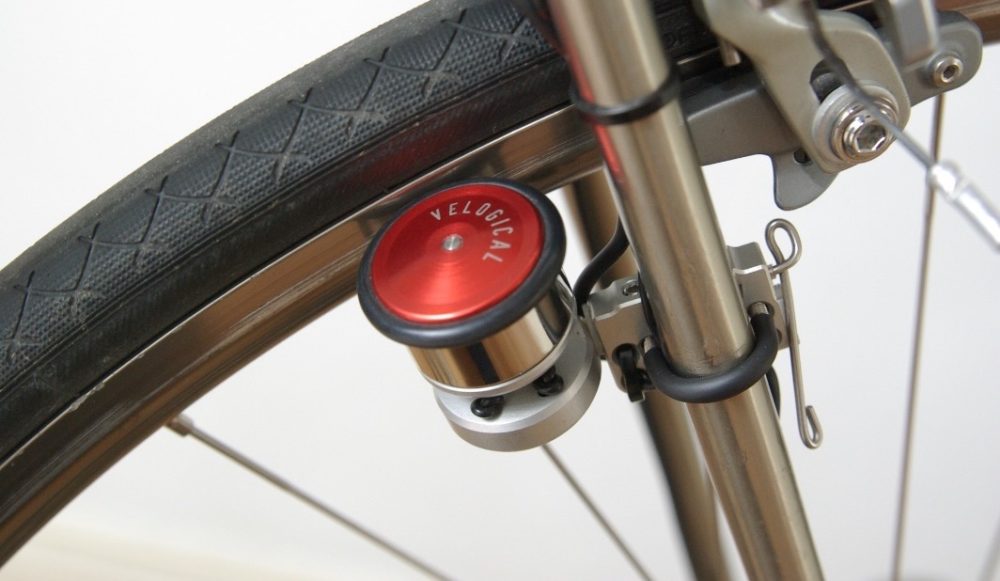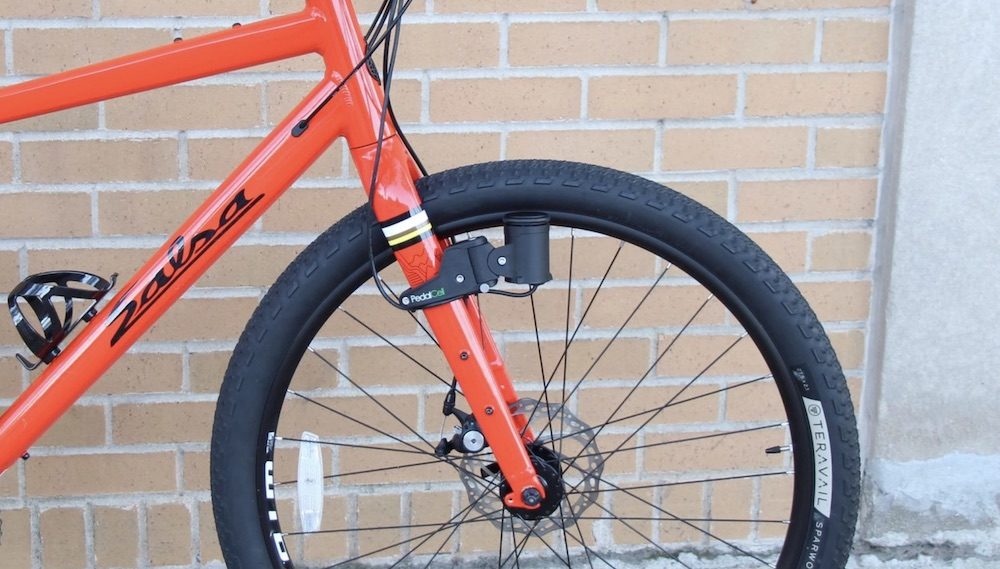If you’re old enough, you likely recall just how frustrating the old-school rim dynamos were: the tiny roller rubbing against your tyre, making it feel like you were pedalling through sand, buzzing loudly, and powering a fragile halogen bulb that emitted little more than a faint orange glow.
It’s fair to say those were the dark ages of bike-powered electricity. But things have come a long way. As of 2020, if you’re looking to generate power from your bike, the most efficient and powerful option available is actually a modern rim dynamo.
In this guide, we’ll explore the advantages and drawbacks of today’s rim dynamos—and take a close look at the latest performance data to see how they really stack up.
How Do Rim Dynamos Compare to Hub Dynamos?
Advantages
-
You can fully disengage a rim dynamo when it’s not in use, unlike hub dynamos, which still create 1–5 watts of drag even when disconnected.
-
If the dynamo fails, there’s no need to rebuild a wheel; just remove or replace the unit.
-
Installation is quick and easy, and you can remove it when not needed or swap it between bikes.
-
The most powerful rim dynamos can generate 40 to 70% more power than hub dynamos.
-
They’re also 10 to 20% more efficient than the best hub-based charging systems.
-
And when it comes to weight, the lightest rim dynamos come in over 200 grams lighter than a typical hub dynamo setup.
Disadvantages
-
Potential for slippage at speeds above 25 km/h, mainly if your device is drawing a lot of power.
-
Rim dynamos are generally noisier than hub dynamos (hear for yourself HERE).
-
O-rings need regular replacement, typically every 3,000 to 7,000 km.
-
Performance may suffer in harsh conditions, especially with heavy rim contamination like thick mud.
-
The most powerful and efficient models tend to sacrifice elegance in design.
-
Compatibility is limited; only a few dynamo lights and two USB chargers currently work with these systems.
-
At higher speeds, drag can increase significantly if your connected device is drawing substantial power (more details on this below).
Rim Dynamo Products
PedalCell Rim Dynamo and Charger Kit
US $299 and 450 grams
This three-phase rim dynamo is a dedicated charging system that includes everything you need to turn your bike into a mobile power station.
At the heart of the kit is the “Smart Power Hub,” which mounts neatly to your stem and features two USB-C ports: a “safety” port capped at 3 watts, and a “high-power” port capable of delivering over 10 watts.
Inside, a bank of supercapacitors ensures a stable power output—and even keeps your device powered for up to 30 seconds after you come to a stop.
Update: As of January 2024, PedalCell ceased operations, and their rim dynamo kits were no longer available on the market. The company cited declining demand and supply chain challenges as reasons for the closure. While some units may still be found through secondhand channels, official support and warranty services are no longer provided.
Velogical Special 3-Phase Rim Dynamo and Charger
€365 and 180 grams
Velogical’s new three-phase rim dynamo is purpose-built for low-speed riding and charging, offering greater versatility than the PedalCell.
Unlike the PedalCell, it supports both charging and powering dynamo lights simultaneously. There are two compatible charging options: the Velogical Universal Power Source and the aftermarket Forumslader for Velogical, both of which include buffer batteries to ensure a steady power supply, even when you stop at traffic lights.
In addition to its functionality, the system stands out for its sleek design, ultra-compact size, and impressively low weight, less than half that of a comparable PedalCell setup.
You can see the Velogical Rim Dynamo and Charger on the Velogical website.
The Test
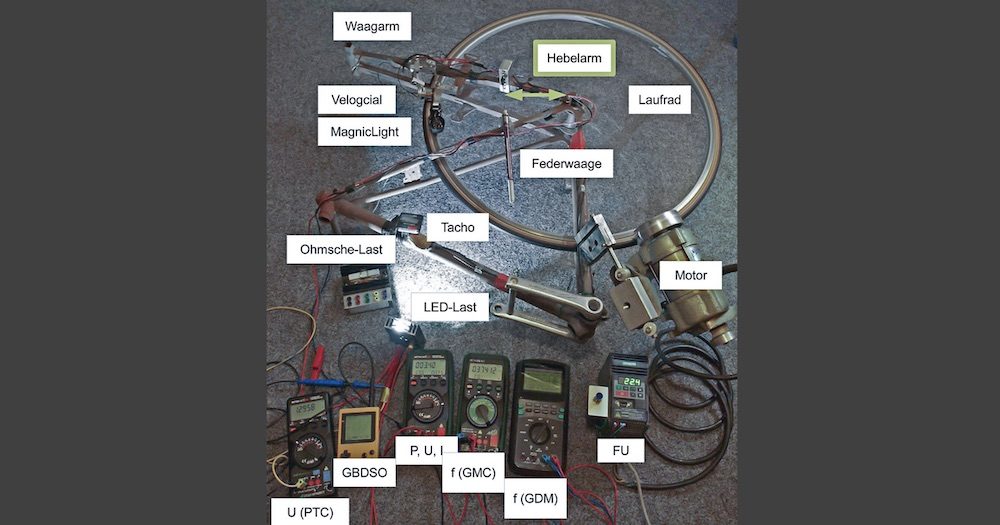
Olaf Schultz and Andreas Oehler from FahrradZukunft have done the hard work to make this data available. Using their custom rear triangle test rig, they’re able to accurately measure torque, speed, and all key electrical metrics—voltage, current, power output, and more.
If you’d like to know more, the test rig is described in detail in the article, “Current rim rotor dynamos in the laboratory test”.
How Much Power Can A Rim Dynamo Generate?
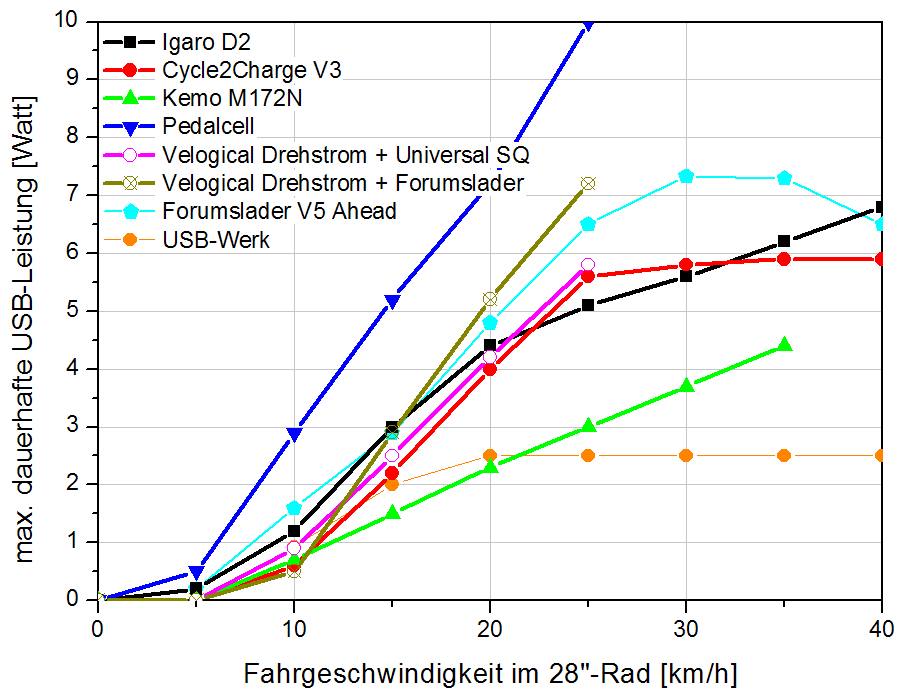
The PedalCell delivers substantially more power than any other USB charging system tested, producing 42–70% more output than the top-performing hub dynamo setup (the Schmidt SON28 paired with the Forumslader V5).
What really sets the PedalCell apart is its low-speed performance: it starts delivering 2.5 watts at under 9 km/h, making it ideal for slower riding conditions.
Meanwhile, the Velogical rim dynamo combined with the Forumslader USB charger is slower to ramp up, but once you reach 15 km/h, it begins to outperform the best hub dynamo setup, though with a more modest 10% power gain.
You can see the full FahrradZukunft results HERE.
The Best Hub Dynamo Charging System:
1.7-watts @ 10 km/h
3.4-watts @ 15 km/h
4.8-watts @ 20 km/h
7.0-watts @ 25 km/h
PedalCell Rim Dynamo:
2.9-watts @ 10 km/h – 70% more power
5.2-watts @ 15 km/h – 53% more power
7.3-watts @ 20 km/h – 52% more power
10-watts @ 25 km/h – 42% more power
Note: The PedalCell and Velogical rim dynamos used in this test were pre-production units provided by the manufacturers. I’ve been in contact with both companies, and each claims performance improvements over the already impressive results seen here. Velogical, for example, states that their Universal SQ charger is expected to deliver around 4 watts at 15 km/h and up to 7 watts at 20 km/h. You can see the Velogical power curve HERE.
Are Rim Dynamos Efficient?
Dynamo efficiency measures how much power you get relative to the drag it creates while you pedal. There’s no such thing as a free ride when generating power (some effort is always required), but higher efficiency means more of your pedalling energy goes toward charging your devices.
Testing shows the PedalCell achieves an impressive 68% efficiency, outperforming the best dynamo hubs. The Velogical rim dynamo comes in slightly ahead of a lower-performing hub at around 35% efficiency. For comparison, top-tier dynamo hubs typically average between 50–60% efficiency during charging, while lower-performing hubs hover around 30–35%.
You can read my full hub dynamo efficiency analysis HERE.
Note: These efficiency figures come from a different test setup and protocol, and the hub dynamos were tested under lower power draw conditions. So, please consider these numbers as rough benchmarks rather than exact comparisons.
I’ve calculated the following numbers based on the dynamo drag at the wheel vs. how much output power is offered at the USB port:
PedalCell Rim Dynamo USB Charger
71% @ 10 km/h
71% @ 15 km/h
66% @ 20 km/h
68% @ 25 km/h
68% average efficiency between 15-25 km/h
Velogical Rim Dynamo with Forumslader USB Charger
7% @ 10 km/h
29% @ 15 km/h
37% @ 20 km/h
41% @ 25 km/h
36% average efficiency between 15-25 km/h
Velogical Rim Dynamo with Velogical USB Charger
21% @ 10 km/h
31% @ 15 km/h
35% @ 20 km/h
39% @ 25 km/h
35% average efficiency between 15-25 km/h
Charging A Battery Pack With The PedalCell
If you’re touring at 15 km/h, the PedalCell outputs 5 volts at 1.04 amps, which translates to 1040 mAh of charge per hour of riding. Charging a 5000 mAh battery pack from empty would therefore take about 4 hours and 48 minutes.
However, charging circuits typically experience small losses, usually between 10% and 30% of the generated power. Accounting for an average 20% loss, the actual ride time needed to fully charge the battery increases to around 5 hours and 45 minutes.
At 20 km/h, the PedalCell delivers 5 volts at 1.46 amps, providing 1,460 mAh per hour. Under these conditions, factoring in similar charging losses, it would take approximately 4 hours and 6 minutes to fully recharge the same 5000 mAh battery pack.
High Power Output = High Drag
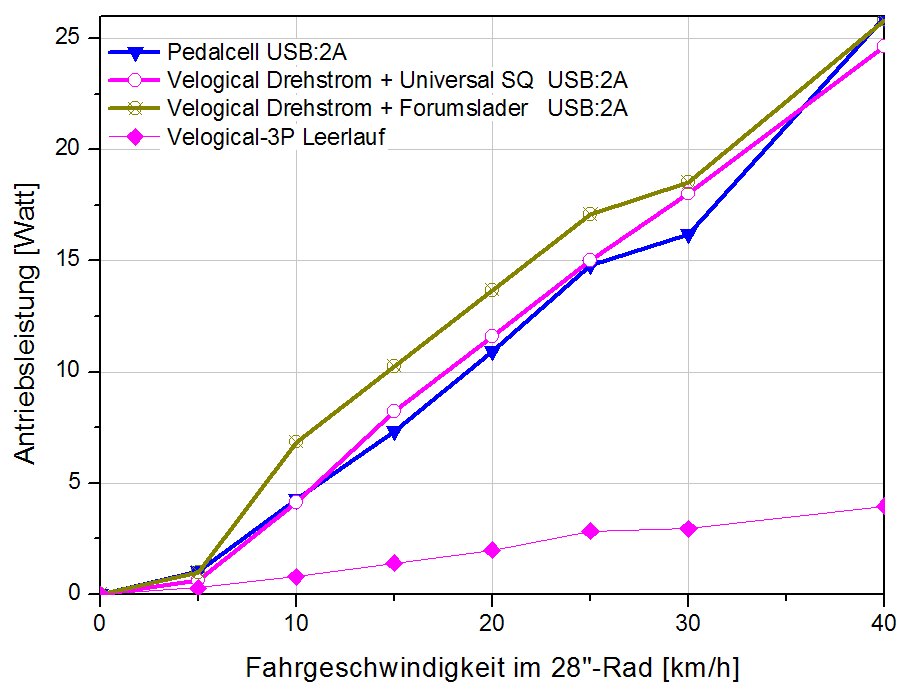
While the PedalCell and other rim dynamos offer impressive efficiency, they do come with higher drag, mainly because of the large amounts of power they can produce.
That said, the increased drag only occurs when your connected device is drawing significant power.
For high-speed riding, I recommend charging smaller devices that require less than 5 watts. The PedalCell even features a dedicated “safety” USB-C port limited to 3 watts, making it an ideal choice for minimising drag at higher speeds.
Velogical vs. PedalCell Rim Dynamo
Velogical
The Velogical Special is extremely compact, elegant, lightweight, and compatible with dynamo lights. Both the Velogical and Forumslader USB chargers include buffer batteries to handle start-stop riding, and the Forumslader charger can be neatly integrated into your steerer tube. Since Velogical dynamos have been on the market for years, they’re generally considered reliable.
While the PedalCell delivers 2.5 watts at just 9 km/h, the Velogical kit requires you to maintain about 12 km/h to reach that same output, so if you’re averaging above 15 km/h, the Velogical system will serve you well for charging on the go.
PedalCell
The PedalCell was only launched in 2020, so its long-term durability, waterproofing, and reliability remain uncertain*.
I recently spoke with the team behind PedalCell, who told me the production model is even more powerful, fully water-sealed, and more compact than the prototype tested by FahrradZukunft. The production unit is now expected to exceed 70% efficiency, which is truly impressive.
If you, like me, typically ride at speeds between 8 and 20 km/h, the PedalCell is a compelling option. It delivers low drag and high power output at these speeds—performance unmatched by any hub dynamo setup at low speeds.
Keep in mind, however, that the PedalCell system doesn’t include a buffer battery. If you’re riding uphill (below 8 km/h) or tackling routes with frequent stops (like long traffic lights), you’ll want to add one to maintain steady power.
*Update: Some users have reported failures in 2022, and this video highlights issues like magnets not being properly glued, so it’s worth doing your research before buying.
Rim Dynamo Summary
At first, I was quite surprised by these results.
But the more I considered it, the more it made sense that a rim dynamo could deliver such high power and efficiency. The PedalCell system, in particular, is finely tuned from the rim dynamo right through to the charging electronics—everything is designed to work seamlessly together.
By contrast, hub dynamos and chargers must accommodate hundreds of different lights and USB chargers, which inevitably leads to compromises. Plus, hub dynamo designs are often constrained by German legal regulations (StVZO) on power output, limiting their full technological potential.
Over the past decade, dynamo charging setups have made incredible progress, and I’m excited to see how these rim dynamos evolve in the coming years. Judging by these test results, the future looks very promising for this technology.
Learn About Dynamo USB Chargers HERE, Dynamo Hubs HERE, Dynamo Wiring Systems HERE, Pass-Through Batteries HERE and Dynamo Lights HERE



